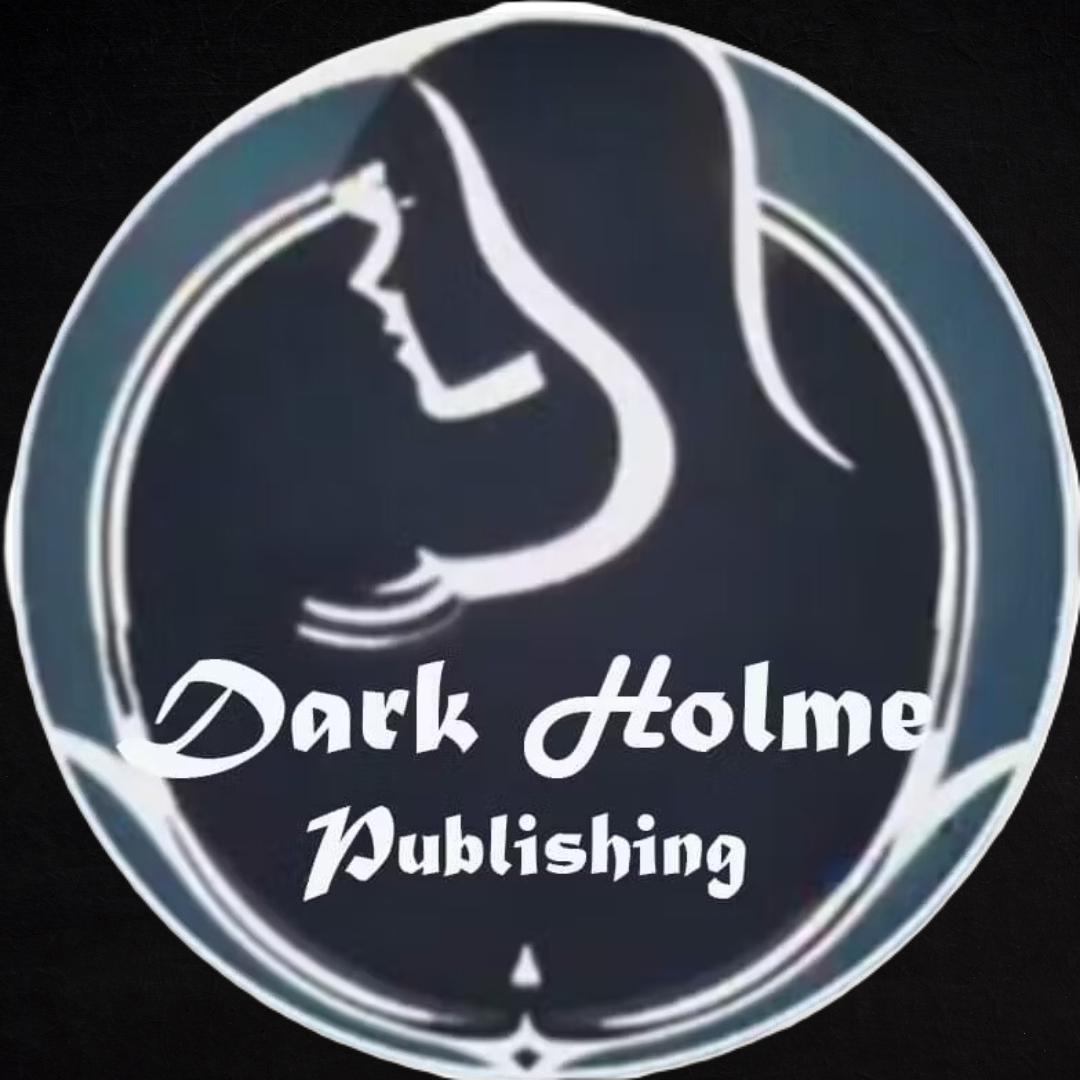This Month’s Pick: The Cellar by Richard Laymon
Welcome, haunted readers! This January, we’re taking on one of the most infamous horror novels of its time: Richard Laymon’s The Cellar. Known for its shocking content, relentless pacing, and unsettling atmosphere, this book leaves a lasting impression—for better or worse.
If you’ve read it, you know why it’s considered a cornerstone of visceral horror. If you haven’t, don’t worry—there’s plenty to discuss about the themes, characters, and style that define this controversial classic.
The Beast House and Its Secrets
Few settings in horror feel as alive as Beast House. It’s more than just a backdrop; it’s a character in its own right, shrouded in blood-soaked legends and deadly secrets. The confined, oppressive spaces of the house seem to breathe with malevolence, trapping anyone foolish enough to enter.
Why are we so drawn to cursed or haunted locations in fiction? Maybe it’s the history etched into their walls or the promise of uncovering the unspeakable. Have you ever been to a place that felt unnervingly wrong—like it was holding onto something dark? Beast House might remind you of that kind of space, where every step feels like a mistake.
The Fine Line Between Man and Monster
One of Laymon’s strengths is how he blurs the line between human evil and supernatural horror. In The Cellar, the true terror isn’t just the Beast lurking below—it’s the depravity and desperation of the people drawn to Beast House. This duality leaves us wondering: Is the monster less frightening than the humans who created it?
In many ways, horror often asks us to confront the darkest parts of ourselves. Stories like this challenge us to think about what separates us from the monsters we fear—or if that line even exists. Can you think of other tales where the humans were just as terrifying as the creatures?
Flawed Characters, Dark Choices
Laymon doesn’t shy away from creating morally ambiguous, deeply flawed characters. The people in The Cellar often make choices that are hard to understand or forgive, and that’s part of what makes the story so unsettling. Without a clear hero, we’re left navigating a moral gray zone that mirrors the chaos of the Beast House itself.
How do flawed characters affect your connection to a story? Does their imperfection make them more relatable, or does it push you away? Laymon’s work tends to spark strong feelings on this front—what’s your take on horror with protagonists who are far from heroic?
Richard Laymon: Love Him or Loathe Him?
Laymon’s style is polarizing, to say the least. His unflinching depictions of violence and his fast-paced storytelling create a visceral experience that some readers love and others find overwhelming. This raises the question: How far is too far in horror? Should a story push every boundary, or is restraint sometimes more effective?
It’s worth asking how his work compares to other horror authors. Do you prefer the slow-burn psychological dread of Shirley Jackson or the shock-heavy chaos of Laymon’s world? Where do you draw the line between thrilling and gratuitous?
Your Turn to Haunt the Conversation
Whether you’ve braved The Cellar or not, there’s plenty to discuss:
Have you ever encountered a fictional house that was as terrifying as Beast House? What made it so memorable?
What’s more unsettling to you: a supernatural threat or the darkness of human nature?
Is there a horror book that left you so shaken you had to stop reading—or couldn’t put it down?
Let’s dive deep into the shadows of Beast House and beyond. Share your thoughts, your fears, and your favorite unsettling moments. We’re here to talk all things horror, and your voice is part of what makes this club so hauntingly special.
Stay haunted,🕸️ The Haunted Book Club Team
#HauntedBookClub #RichardLaymon #BeastHouseChronicles #HorrorBooks #DarkReads #MorallyGrayCharacters

.png)



.png)